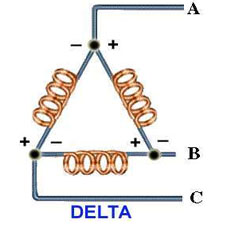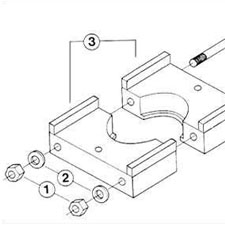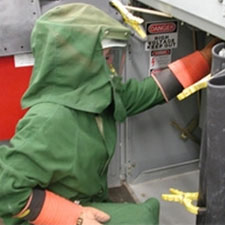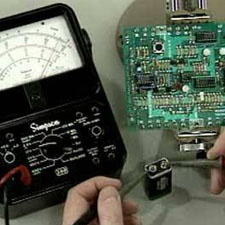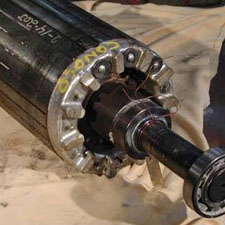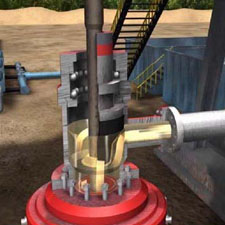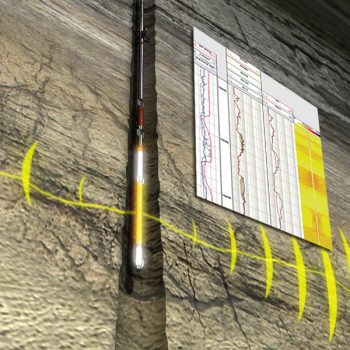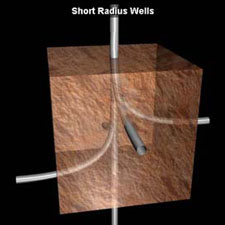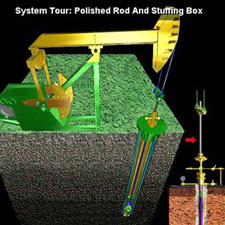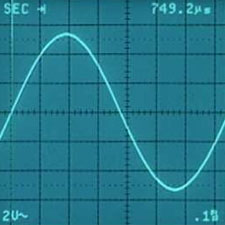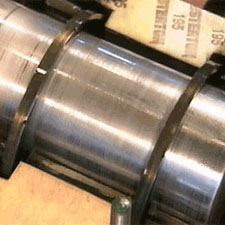Subtotal: $0.00
Electrical Theory for Troubleshooters
Electrical Theory for Troubleshooters
Course Overview
These lessons are excellent for the training of electricians and electronic technicians as well as for the multi-craft training needs of process and manufacturing facilities. The first four lessons in this course cover basic electrical concepts including Ohm’s Law and Kirchhoff’s Law, as well as the use of these laws to determine voltage, current, and resistance in series and parallel circuits.
Course Objectives
- Describe the atomic structure of matter.
- Describe the characteristics of good conductors and insulators.
- Define electricity.
- Describe how a simple circuit operates.
- Define voltage, current, and resistance.
- Describe voltage and current relationships.
- State Ohm’s Law.
- Use Ohm’s Law to calculate an unknown value.
- Define power and how to use power values with Ohm’s Law.
- Define a series circuit.
- Properly identify simple schematic symbols for a battery, swITC Learning, lamp, resistor, and conductor.
- Describe how current and resistance behave in a series circuit.
- Describe how voltage behaves in a series circuit.
- Use Kirchhoff’s Voltage Law to find total voltage in a series circuit.
- Describe how voltage, current, and resistance behave in a parallel circuit.
- Identify the series portions of a series-parallel circuit.
- Identify the parallel portions of a series-parallel circuit.
- Simplify a series-parallel circuit to determine how voltage, current and resistance behave.
- State the basic operating AC Characteristics of voltage.
- Explain how AC voltage changes over time.
- Define sine wave and cycle.
- Interpret the frequency of AC voltage using a sine wave.
- Explain RMS voltage vs. peak voltage.
- Describe the principles of magnetism.
- Describe flux and flux density.
- Describe how electromagnetic induction takes place.
- Describe how a magnetic field is generated by passing current through a conductor.
- Plot a sine wave using a graph.
- Describe how a magnetic field is generated by passing current through a conductor.
- Explain self-induction.
- Explain counter-electromagnetic field.
- Describe how current is induced in a coil-type conductor.
- Explain mutual induction.
- Explain the principle of transformer function.
- Explain the function of a tap in transformer construction.
- Describe the effect of inductance in AC circuits.
- Define capacitance and identify its schematic symbol.
- Explain how a capacitor becomes charged and discharged.
- Explain how capacitance affects AC circuits.
- Define 3-phase AC and differentiate between 3-phase and 1-phase AC.
- Describe the components and operating principle of a 3-phase generator.
- Use a sine wave to show how 3-phase voltage changes over time.
- Explain the relationship between frequency and rotor speed.
- State and apply the formula for frequency.
- Describe how rotor speed and the number of poles relate to frequency.
- Describe the relationship between phase and line voltages in a 3-wire wye connection.
- Describe the relationship between phase and line voltages in a 4-wire wye connection.
- Describe the relationship between phase and line currents in a delta connection.
- Calculate power in a 3-phase load.
- Describe the relationship between phase and line voltages in a delta connection.
- Identify and describe the functions of the basic transformer parts.
- Explain relationship between a transformer’s turns ratio and input and output voltages.
- Describe the danger in reversing or stepping-up the voltage.
Included Modules
- Introduction to Electricity: This is the first lesson in the Electrical Theory for Troubleshooters Course. This lesson uses animation to demonstrate atomic structure, electricity, and how a simple circuit operates. The lesson also explains the characteristics of good conductors and insulators.
- Basic Electrical Properties: This is the second lesson in the Electrical Theory for Troubleshooters Course. This lesson covers Ohm’s Law, as well as the use of Ohm’s Law to calculate an unknown value. The lesson also defines voltage, current, resistance, and power.
- Series Circuits: This is the third lesson in the Electrical Theory for Troubleshooters Course. The lesson presents the operation of a series circuit and trains participants in the identification of simple schematic symbols used to represent components in a series circuit. The behavior of current, resistance, and current in a series circuit, and the use of Kirchhoff’s Voltage Law to find total voltage are also covered.
- Parallel Circuits: This is the fourth lesson in the Electrical Theory for Troubleshooters Course. This lesson describes the behavior of voltage, current, and resistance in a parallel circuit. The learner is also instructed in the identification of the series and parallel portions of a series-parallel circuit.
- Alternating Current: This is the fifth lesson in the Electrical Theory for Troubleshooters Course. This lesson teaches the basic AC characteristics of voltage, including how voltage changes over time. The participant is also instructed in using sine waves to interpret the frequency of AC voltage.
- Electromagnetism: This sixth lesson in the Electrical Theory for Troubleshooters Course uses animations and demonstrations to explain the principles of magnetism, including flux density and electromagnetic induction. The lesson also shows how to plot a sine wave using a graph.
- Inductance: This is the seventh lesson in the Electrical Theory for Troubleshooters Course. This lesson builds on the information presented in the lesson, Electromagnetism. Types of induction, phase, and the effect of induction in AC circuits are covered.
- Capacitance: This is the eighth lesson in the Electrical Theory for Troubleshooters Course. This lesson explains capacitors, their function, and how capacitance affects AC circuits.
- Three-Phase Circuits: This is the ninth lesson in the Electrical Theory for Troubleshooters Course. This lesson defines 3-phase AC, describes the components and operating principle of 3-phase generators, and using the formula for frequency, shows how rotor speed and the number of poles is related to frequency.
- Wye and Delta Connections: The tenth lesson in the Electrical Theory for Troubleshooters Course, this lesson discusses Wye and Delta configurations and explains the relationship between phase and line voltages in various connections, and demonstrates the application of the formula that shows this relationship.
- Introduction to Transformers: The eleventh lesson in the Electrical Theory for Troubleshooters Course, this lesson presents the basic parts of a transformer and their function. The lesson explains turns ratio and its relationship to a transformer’s input and output voltages.
- Transformers: This is the final lesson in the Electrical Theory for Troubleshooters Course. This lesson builds on the information presented in the lesson, Introduction to Transformers. How to determine primary current and voltage, secondary current and voltage, and load is taught.

